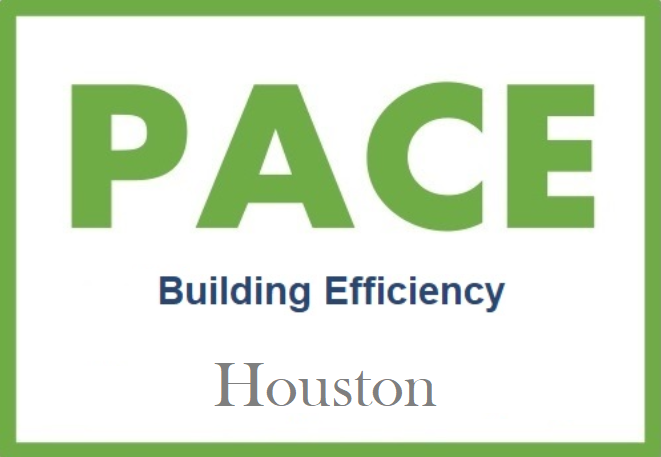LED Lights - "Life Cycle" Cost Leader
“LED lighting has the potential to be more energy efficient than any other known lighting technology. But, two aspects of energy efficiency are important to consider: the efficiency of the LED device itself (source efficacy) and how well the device and fixture work together in providing the necessary lighting (luminaire efficacy). How much electricity is consumed depends not only on the LED device, but also on the lighting fixture design. Because they are sensitive to thermal and electrical conditions, LEDs must be carefully integrated into lighting fixtures. The efficiency of a poorly designed fixture that uses even the best LEDs will be only a fraction of what it would be if the fixture were well-designed, and the design can also affect lumen maintenance.”
Executive Summary: There are four simple attributes to consider when purchasing LED products: Efficacy, L70 Rating, Life Cycle Cost and Warranty.
Efficacy: How efficiently a light source produces visible light, measured in lumens per watt. (see more detailed explanation from DOE)
L70 Rating: Refers to the lamp's lumen output dropping to 70% of its original output. "L70" is followed by the number of hours it takes for the lamp to drop to 70% of its original brightness. For example, a L70 100,000 hour rated tube is expected to work for 100,000 hours before it degrades to 70% of its original output. Many buildings will not accept a 30% degradation in their original light levels. Thus, lamps are typically replaced in half that time. A driver's life can also constrain some ratings when considering fixture replacements.
“One of the defining features of LEDs is that they emit light in a specific direction, which reduces the need for reflectors and diffusers that can lower efficiency. In contrast, fluorescent and “bulb”-shaped incandescent lamps emit light in all directions, with the result that much of the light they produce is lost within the fixture or escapes in a direction not useful for the intended application. With many fixture types, including recessed downlights, troffers, and undercabinet fixtures, it is not uncommon for only 50 to 60% of the total light produced to be emitted.”
Life Cycle Cost: For building owners who intend to hold their properties for many years, it is important to consider how long a lamp and driver will last before needing to be replaced and both labor and material costs of that replacement. While the "cost" of tenant interruption and the value of risk mitigation is difficult to quantify, it should be a part of the Life Cycle Cost consideration.
The Warranty: A quality product enables a clear and concise warranty. Make sure the company has assets and history. The warranty must be clear, the company must have the capacity to back the warranty and the warranty must be locally enforceable.
Engineering and Design: Because heat that is not dissipated will shorten a diode and driver's life, considering the value of an in-house engineering team is important. A team that can also produce lighting layouts at no charge is a good asset.
Lamp vs. Fixture Replacement: For lamp replacement projects, LED tubes rated at 200,000 hours will minimize your life cycle cost. For fixture replacement projects, consider the expected life of the driver and the rated life of the tube. The life of the driver will put a cap of the life of the project benefits.
Holistic Building Design: LED lights are low hanging fruit that they can often be justified outside of capital budget considerations based on their extraordinary savings and quick payback. However, they can also be combined with capital projects such as HVAC upgrades so that the utility savings would prospectively offset the entire financing cost of doing the project. They both can be 100% financed with PACE financing for a tenor based on their weighted average useful life.
Here is a list of the types of lights available:
- Interior - Troffer, Soffit, High Bay, Slim Profile, Harsh Environment, L Trim
- Exterior - Multiple Pole, Dark Sky, Wall, Parking Garages
- LED Tubes - T8 and T10 LED replacement
- Refrigeration - Cases, Retrofit, Cabinet, Display Case
- Edge - Scalable linear
- Channel - Multicolored for signage
- Cabinet - Market standard for single or double-faced cabinet lighting
Call Tim Crockett at 713-530-7922 or email him at tim@pacehouston.com to schedule an LED appointment.


